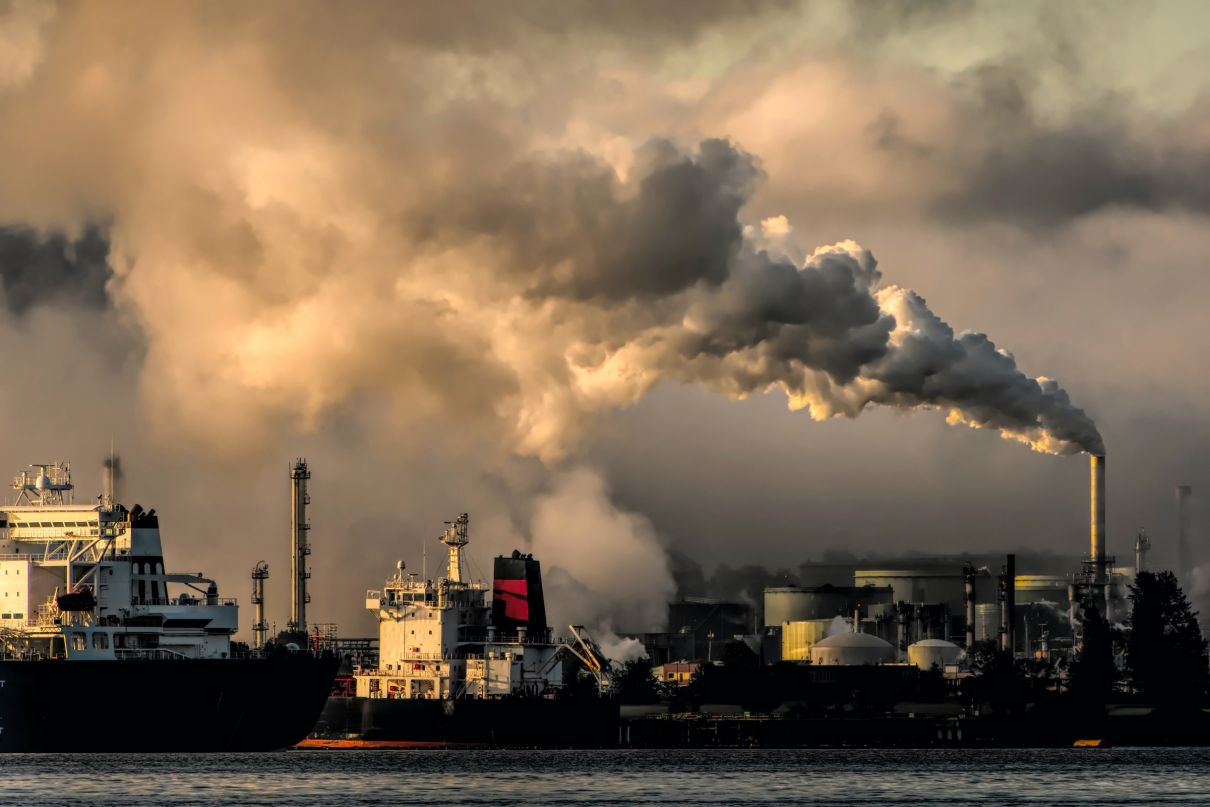COP26 And The Energy Crisis: What Investors Need To Know

As COP26 convention begins in Glasgow, an analyst discusses the impact of spiralling natural gas prices on investors.

In recent weeks, spiralling natural gas prices have surged in Europe as countries exit COVID-19 lockdowns, snarling the global economy, and fuelling a crisis that is likely to impact investors’ portfolios this winter.
From supply-chain issues to unusual weather conditions, the crisis looks set to have a marked impact on the financial markets. Commodities in particular have been extremely volatile in recent weeks. Indeed, gas shortages have boosted prices across the board, with many nations turning to coal as a substitute. To note a prominent example, the price of Brent crude has been sitting at multi-year highs above $86 a barrel in the US. Investors in Europe will be experiencing a similar situation, with both gas and crude just below all-time highs.
Given that U.S and European officials alike have been pushing for tougher climate action, culminating in this week’s COP26 summit, there are now concerns that the resurgence in coal will cast a dark shadow on talks. Investors, too, may have a difficult time factoring this into their portfolio management, particularly as weather conditions worsen, and demand for energy rises as we head into winter.
So, what factors should investors be aware of?
Beware ‘stagflation’ concerns
First and foremost, traders and investors must be mindful about how the energy crisis will play into the wider economy. It’s important to remember that the energy crisis has reared its head at a time when inflation has already posed concerns to central banks and Governments alike. As rising energy bills could contribute to this outlook, energy rationing and tightening consumer budgets may also worsen the inflation dilemma and hinder post-pandemic recoveries globally.
So, what to consider?
Recent CPI figures and central bank meetings are a good place to start. In the UK, where the energy crisis originated, consumer prices have steadied ever so slightly, rising to 3.1% in annual terms in September. Currently, experts are predicting that the Bank of England is likely raise rates at their next meeting on 4 November to curb inflation. At the other side of the pond, in the US, the Federal Reserve remain comparatively dovish. Plans to raise rates are still on hold until 2023, despite the annual rate of inflation creeping up to a 13-year high of 5.4% in September. That said, I would still advise investors to watch this space, as this is something that may change, if inflation continues to spiral, or if more information comes to light.
Put simply, oil has a significant impact on the currency market, as well as a strong inflationary component, so investors can be certain that central banks will be watching the situation closely as it develops.
COP26 commitments
In truth, although the climate crisis poses a huge existential quandary, the timing of COP26 this week could not be worse. As global leaders convene to redouble on their efforts to reduce their carbon emissions and transition to ‘cleaner’ forms of energy, they will certainly have a difficult task on their hands, when it comes to balancing these commitments with supply-chain issues and shortages.
The current crisis has resulted in a turn back to ‘dirtier’ sources of energy, so to speak, such as thermal coal and oil. Investors should expect Government officials to announce new pledges to accelerate their plans to phase out carbon – but the pace at which this transition occurs will be the real sticking point.
Traders and investors should also note the opportunities that the COP26 poses, as well as the perceived negatives: the summit will likely result in new incentives to invest in clean energy, as well as the technology required to advance, transmit and store it. These will all be areas primed for investment, though it is crucial to acknowledge the fact that investing in any emerging market – especially energy – can come with significant risks.
Will markets be walking on thin ice?
Perhaps the most nebulous factor investors must contend with are winter pressures – especially as the cold winter months set in.
The fact that meteorologists are presently predicting a colder than usual winter is something to consider. Given that this could exacerbate current shortages and shock the markets, this could push even higher still for a pronounced period. However, a milder winter would allow supplies to be replenished, encouraging some more stability.
All told, the current crisis can be put down to various short-term factors – some of which will stabilise eventually. The key for investors will be to watch these events as they develop in the coming weeks and months, whatever the weather.
High Risk Investment Warning: CFDs are complex instruments and come with a high risk of losing money rapidly due to leverage. 73% of retail investor accounts lose money when trading CFDs with this provider. You should consider whether you understand how CFDs work and whether you can afford to take the high risk of losing your money. For more information, please refer to HYCM’s Risk Disclosure.
Giles Coghlan is Chief Currency Analyst, HYCM – an online provider of forex and Contracts for Difference (CFDs) trading services for both retail and institutional traders. HYCM is regulated by the internationally recognized financial regulator FCA. HYCM is backed by the Henyep Capital Markets Group established in 1977 with investments in property, financial services, charity, and education. The Group via its relevant subsidiaries have representations in Hong Kong, United Kingdom, Dubai, and Cyprus.








